Functional Fire Inside a Home?
Springtime Builders
7 years ago
last modified: 7 years ago
Featured Answer
Sort by:Oldest
Comments (25)
Related Discussions
Ideas for fire resistant home?
Comments (23)You don't need sprinklers in the garage unless your cars are so valuable that you can't insure them adequately. Statistically a garage is one of the safest places in your home and it is also required to separated from your house and spaces above by rated drywall. The only reason a garage is treated differently is because it is unattended space and people tend to store things there that they shouldn't but the same could be said of basements. If you are worried about the garage, increase the rated drywall thickness. You would have to heat the garage to add sprinklers anyway. The most dangerous place in a non-smoking home is the kitchen and a sprinkler will work fine there, contrary to popular belief, but such fires usually occur when you are in the house and can use a fire extinguisher. Home fires are easy for fire services to extinguish when they are contained in the room of origin. When "flashover" (temperature in the room ignites everything) occurs, the fire becomes much more dangerous. Flashover will occur before the fire can penetrate even non-rated drywall. Therefore, closed doors is the most effective defense against hot gases and smoke moving to adjacent rooms before the fire service arrives but added fire-resistance at the walls can't hurt. Just making the standard 1/2" drywall type X (C is even better) is a big improvement. No one wants closers on their doors but alternatively you can close the doors when you leave the house and when you are home you can rely on a hard-wired smoke detector to alert you so you can put out the fire or at least close the doors. The best door would be a solid lumber core flush door but for traditional doors Bolection makes a solid 1 3/4" thick MDF door that has a 7/8" thick flat panel....See MoreAny insiders out there with info on WP dishwasher fires?
Comments (5)I think you may have overlooked something. Up above the posting where somebody mentioned the GE recall there was a posting with specific links that the fire problems with Whirlpool made dishwashers including those sold under the KitchenAid, Sears Kenmore, and Maytag brands. (I think Marcolo was the poster.) As for getting someone from inside Whirlpool, it doesn't hurt to ask, but it seems unlikely. Maybe somebody recently retired and not bound by confidentiality provisions? Maybe an employee of a vendor or a repair/servicing company can speak to their experiences. We do get numbers of them here....See MoreSelling house - will my galley kitchen hurt me? Pics inside!
Comments (57)maxibella, the short answer on standard numbers of open houses is: there aren't any set standards. the longer answer is: IF you have an aggressive Realtor, open houses should be something they look forward to. The down side is- due to both Buyer and Seller agents, the sitting OH Realtor loses much control of the Open House. Buyers waltz through stating "they" have a Realtor, and whomever is hosting the Open's hands are tied. The listing Agent must follow up with the Buyer's Agent and well, it's the follow up on not only OH's but showings that grades a Realtor. OH's are great for hungry start up Realtor's so,,,,have as many as you can. It says Nothing about being desperate; let no Realtor ever state that. OH's benefit Realtors....period. Why? because unfortunately Open's normally won't bring the sale, but they can offer potential Buyers to the sitting Realtor. which brings me to igloochic :) I was hoping you'd respond because you are normal. Isn't that great to hear!? On a broad sense it's true that we humans make lists of likes and dislikes and then we compromise. see,,, normal. so, when it comes to buying that largest purchase most of us will ever make,,,,at decision time all kinds of priorities change. you like me won't buy that Bi-Level, but we might just settle on baseboard heat. ha-ha you get my point. best to both of you....See MoreUpdate on fire at friend's house.
Comments (13)That's a great idea about the cards OJ. You are very kind. I don't want to post an address here but if anyone wants to send a card email me through my page and I will give the address. Work address won't do. Our office is close after tomorrow until after New Years. Leslie, all the dogs were safe from the beginning. 7 were in the kennel away from the house and the 3 that were inside and Simon got out through the doggie door. The agent was the idiot that was telling them they couldn't stay there and had to go to an apartment. The insurance adjuster told them to ignore him. I think they may be getting a mobile home until they can rebuild. I don't know the details but I think it will take awhile to get that in place because of the holidays. They are still having trouble getting an electrician to get power to the barn, greenhouses and well pump. I don't know why he didn't do it when he came out to put the breakers and outlets to use for the camper. Linda...See MoreSpringtime Builders
7 years agolast modified: 7 years agoSpringtime Builders
7 years agolast modified: 7 years agoSpringtime Builders
7 years agolast modified: 7 years agoSpringtime Builders
7 years agolast modified: 7 years agoSpringtime Builders
7 years agolast modified: 7 years agoSpringtime Builders
7 years agolast modified: 7 years agodoc5md
7 years ago
Related Stories
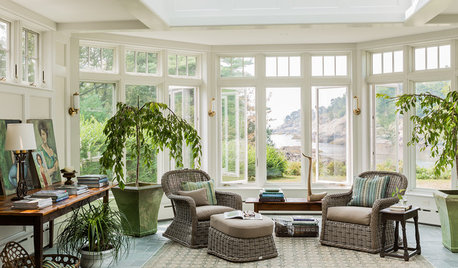
TRADITIONAL HOMESBefore and After: Beauty and Functionality in an American Foursquare
Period-specific details and a modern layout mark the renovation of this turn-of-the-20th-century home near Boston
Full Story
ARTHouzz Call: Show Us Your (Functional?) Art
We want to see how art plays a part in your home
Full Story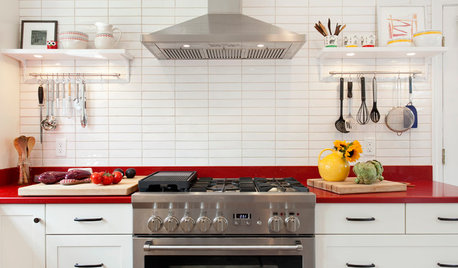
KITCHEN DESIGNKitchen of the Week: Red Energizes a Functional White Kitchen
A client’s roots in the Netherlands and desire for red countertops drive a unique design
Full Story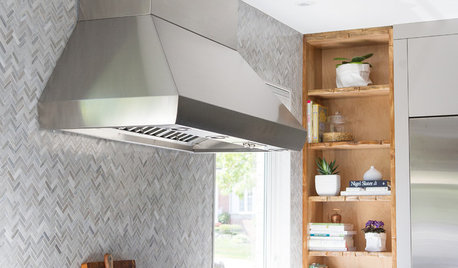
KITCHEN DESIGNKitchen of the Week: Function and Flow Come First
A designer helps a passionate cook and her family plan out every detail for cooking, storage and gathering
Full Story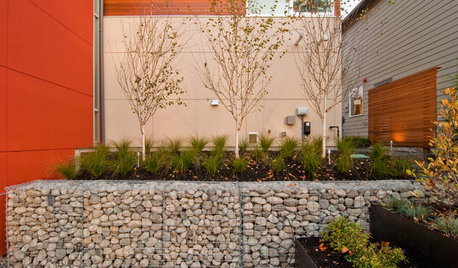
LANDSCAPE DESIGNGarden Walls: Gabion Evolves From Functional to Fabulous
The permeable rock-, concrete- or glass-filled steel cages are showing up as retaining walls, planters, benches and more
Full Story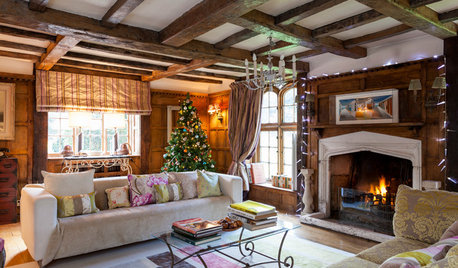
HOUZZ TOURSMy Houzz: Step Inside a Converted Medieval Priory
The owners of this historical property have used vintage finds and a playful style to create a welcoming family home
Full Story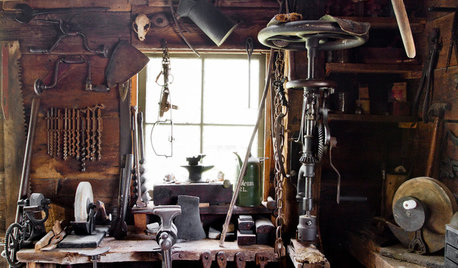
STUDIOS AND WORKSHOPSMy Houzz: Step Inside a Blacksmith’s Home Workshop
See how this New York homeowner repurposed an old structure to use as his blacksmithing hobby space
Full Story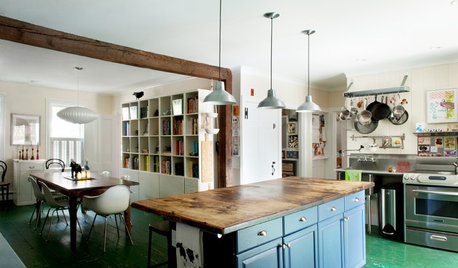
HOUZZ TOURSHouzz Tour: Traditional on the Outside, Quirk Appeal Inside
Skulls sprinkled throughout, an abundance of art and a bedroom chalkboard surprise behind a demure exterior near Boston
Full Story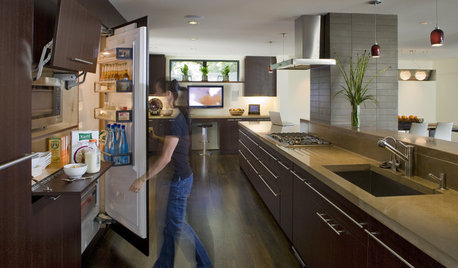
HOUSEKEEPINGHow to Clean Your Fridge, Inside and Out
Keep your refrigerator clean and fresh, while you gain storage space and lose those ‘UFOs’
Full Story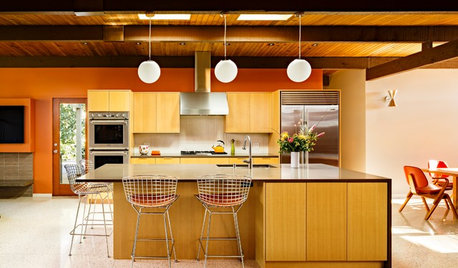
MIDCENTURY HOMESInside Houzz: Setting a Midcentury Mood in Portland
Wanting to keep their home’s 1950s vibe but lose the outdated functionality, a couple finds help on Houzz
Full Story





mushcreek